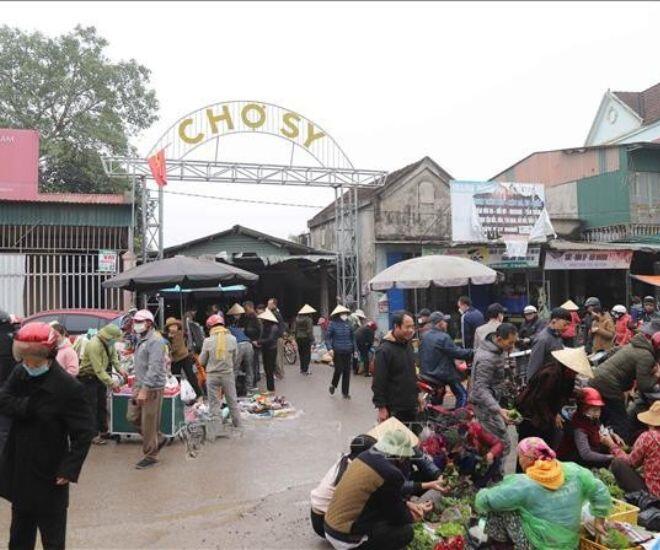
Exploring the Historic Sy Market: A Cultural Hub in Nghe An Province
The Sy Market, nestled in the heart of Nghe An Province, boasts a rich history that dates back to the 18th century. Local elders recount the market’s evolution over the centuries, intertwining the story of the region’s development. In the 19th century, My Ly village (the predecessor of Ly Trai) merged with Van Phan to form the prosperous Ly Trai commune. The area has been affectionately known as “Kẻ Sy,” derived from the abundant banyan trees that once flourished along the riverbanks and surrounded the village temples.
The banyan tree, or “sy” in Vietnamese, is more than just a plant—it has become a symbol and a namesake for the land and its people. While the exact etymology of “Kẻ Sy” may remain a mystery, the moniker has etched itself into the collective consciousness, binding generations to this unique place.
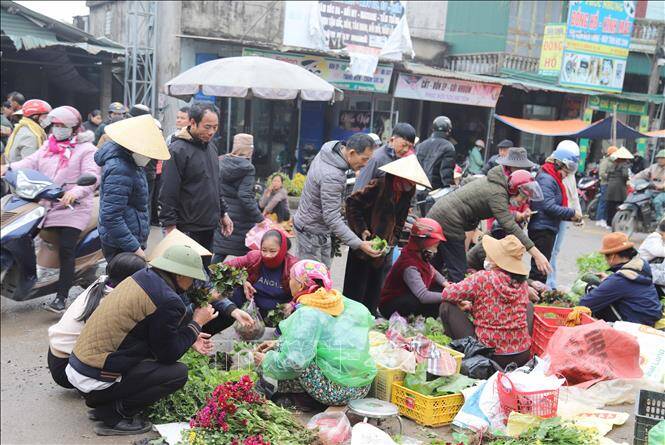
Sy Market buzzes with activity six days a month, hosting three main and three auxiliary sessions on the 10th, 15th, 20th, 25th, and 30th of the lunar calendar. This consistent rhythm of trade meets the needs of the local populace, making the market a renowned hub not just in Dien Chau district but across the entire Nghe An province. Its fame spreads far and wide, attracting traders from neighboring provinces like Thanh Hoa and Nam Dinh, drawn by its historical significance, bustling atmosphere, and astonishing diversity of goods.
Sy Market serves as a vital commercial link for the region, drawing traders from nearby districts like Quynh Luu and Yen Thanh, as well as distant provinces. The market truly comes alive in the days leading up to Tet, the Vietnamese Lunar New Year. The festive atmosphere reaches a fever pitch as shoppers flood the market, transforming it into a bustling sea of humanity.
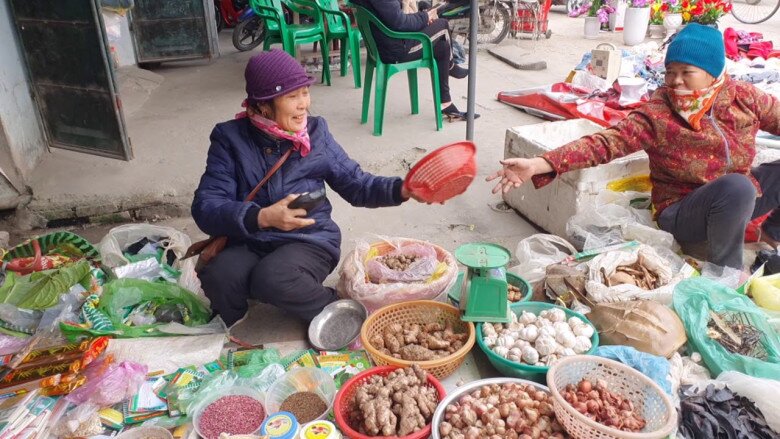
Historically, Sy Market was not only the largest market in northern Dien Chau but also one of the biggest rural markets in all of Nghe An province. Its allure extended to districts like Quynh Luu, Nghi Loc, Yen Thanh, Hung Nguyen, and Nghia Dan, drawing traders from far and wide. Each market session witnessed a vibrant convergence of people and products, from honey and apricots to dried bamboo shoots, incense, dong leaves, hand-woven fabric, sticky rice, peanuts, beans, sesame, clothing, and livestock.
The market’s reputation extended beyond Nghe An, attracting traders from distant provinces like Hanoi, Hue, Quang Binh, and Quang Tri, who recognized the market’s potential for lucrative business opportunities. Elderly locals reminisce about the bustling river, teeming with boats transporting goods day and night. Out-of-town traders often arrived early, staying overnight and immersing themselves in the lively atmosphere, including the unique tradition of bargaining through folk songs and verses, creating an enchanting night market culture.
Over time, the range of products at Sy Market has expanded, reflecting the region’s vibrant agricultural and handicraft industries. The market has earned a reputation as a trusted hub for buffalo trading, attracting traders from Thanh Hoa, Nam Dinh, and Hai Phong. As time marched on, the market found a new home in Cau Bung, nestled alongside the serene and picturesque Phung Giang river—a location that strikes a perfect balance between commerce and community.
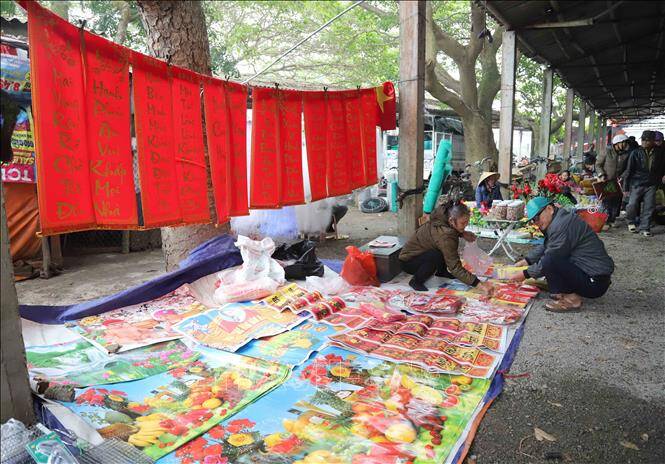
Sy Market is more than just a commercial hub; it’s a repository of memories and a cultural sanctuary for the people of Nghe An. It has touched the lives of generations, from the elderly to the young, providing a space for commerce, community, and cultural expression. Adults come to buy and sell, while children accompany their mothers, wide-eyed with wonder at the array of goods on display.
The market truly comes alive during the Tet Market on the 25th of the lunar month, with crowds thronging the lanes from dawn till noon. It’s a vibrant tapestry of festive preparation, with early risers from distant places joining the morning rush to soak in the joyous atmosphere.
In the lead-up to Tet, visiting Sy Market becomes a beloved tradition for families. Whether selling their produce to fund Tet purchases or simply browsing and enjoying the festive ambiance, the market is a destination for celebration and community.
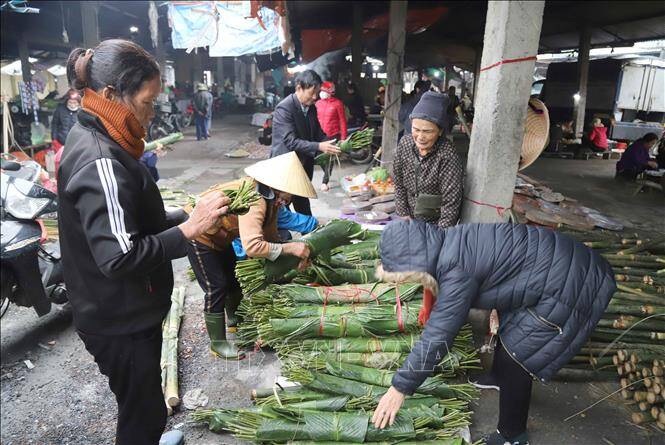
Beyond a marketplace, Sy Market transforms into a cultural stage during the Lunar New Year and spring festivals. The village temple resonates with the melodies of folk songs and the rhythmic beats of traditional art forms like “múa tiên,” “hát tuồng,” “hát chèo,” and “hát trống quân.” The market also hosts folk games such as human chess, cockfighting, tug-of-war, arm wrestling, and leg wrestling. Among these, human chess and “đu tiên” (a traditional swing performance) captivate audiences, adding to the market’s allure.
Sy Market stands as a testament to history, a thriving economic center, and a living museum of folk culture. It is a place where traditional values are cherished and celebrated, a meeting point for generations, and a vital part of the cultural fabric of Nghe An province.
The Ultimate Guide to Staying Fit This Holiday Season: Indulge Without the Bulge.
“Uncover the secrets to staying slim and trim this festive season. Indulge in the festivities without expanding your waistline with our expert tips and tricks. It’s time to celebrate without sacrificing your health and fitness goals. Get ready to embrace a healthier, happier you this holiday season!”






































